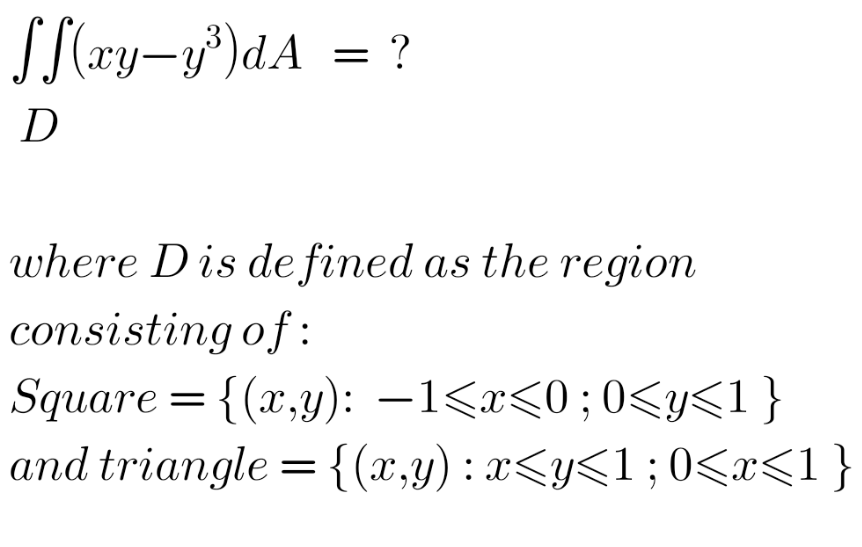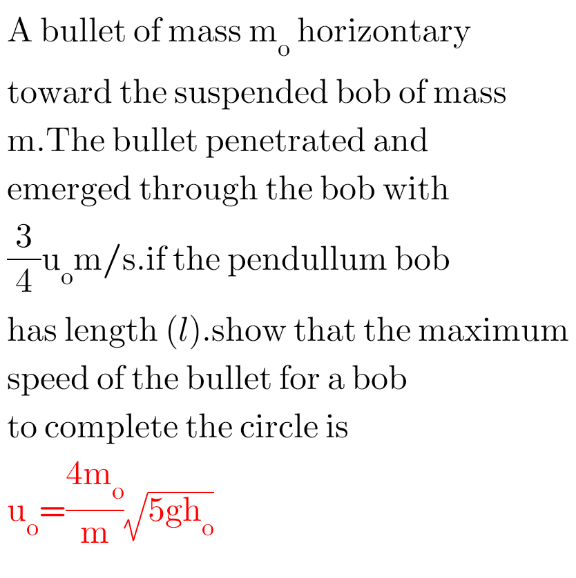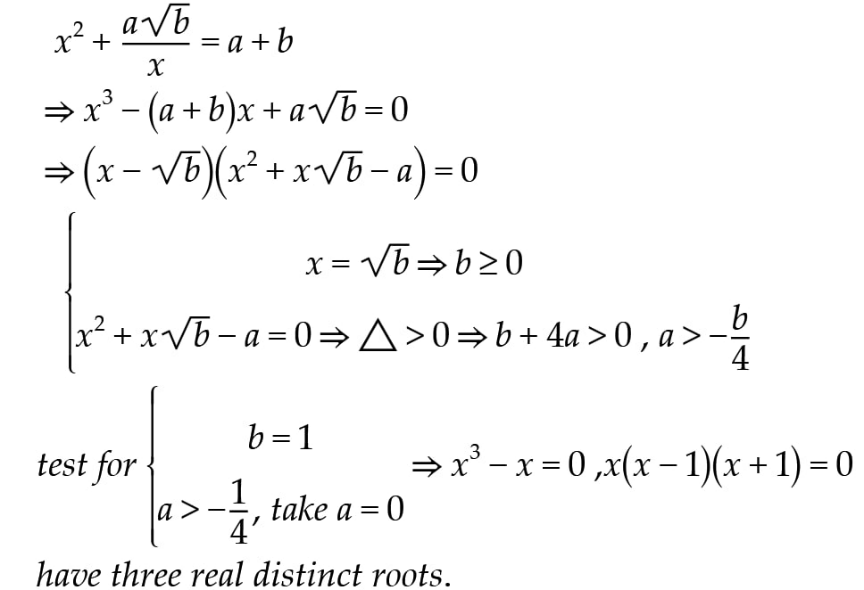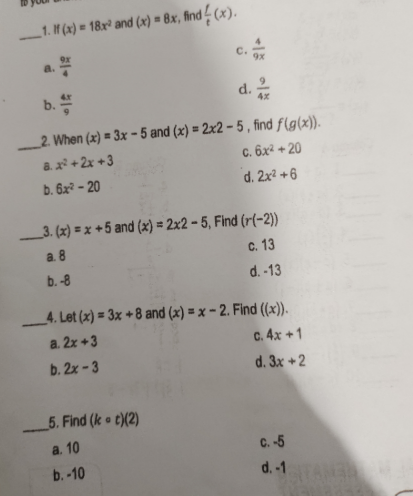
AllQuestion and Answers: Page 642
Question Number 155206 Answers: 0 Comments: 0
Question Number 155207 Answers: 1 Comments: 0
Question Number 155058 Answers: 0 Comments: 0

Question Number 155056 Answers: 1 Comments: 0

Question Number 155039 Answers: 2 Comments: 0
$$\frac{\mathrm{2}}{\mathrm{5}}\:+\:\frac{\mathrm{6}}{\mathrm{5}}\:=\:?\:\:{Hihi} \\ $$
Question Number 155036 Answers: 1 Comments: 0
Question Number 155035 Answers: 1 Comments: 0

Question Number 155034 Answers: 3 Comments: 4

Question Number 155033 Answers: 1 Comments: 0

Question Number 155032 Answers: 1 Comments: 0

Question Number 155023 Answers: 1 Comments: 2

Question Number 155016 Answers: 0 Comments: 0
Question Number 155013 Answers: 2 Comments: 0
Question Number 155017 Answers: 1 Comments: 0
Question Number 154994 Answers: 1 Comments: 0
Question Number 154993 Answers: 0 Comments: 0

Question Number 154992 Answers: 1 Comments: 0
Question Number 154989 Answers: 2 Comments: 0
Question Number 154987 Answers: 1 Comments: 1
$$\int_{\mathrm{0}} ^{\:\infty} \:\frac{{x}^{{c}} }{{c}^{{x}} }\:\:{dx} \\ $$
Question Number 154986 Answers: 2 Comments: 0
Question Number 154980 Answers: 1 Comments: 0
Question Number 154976 Answers: 0 Comments: 0

Question Number 154975 Answers: 0 Comments: 0

Question Number 154973 Answers: 1 Comments: 0
Question Number 154972 Answers: 0 Comments: 2
Question Number 154966 Answers: 0 Comments: 1
Pg 637 Pg 638 Pg 639 Pg 640 Pg 641 Pg 642 Pg 643 Pg 644 Pg 645 Pg 646
